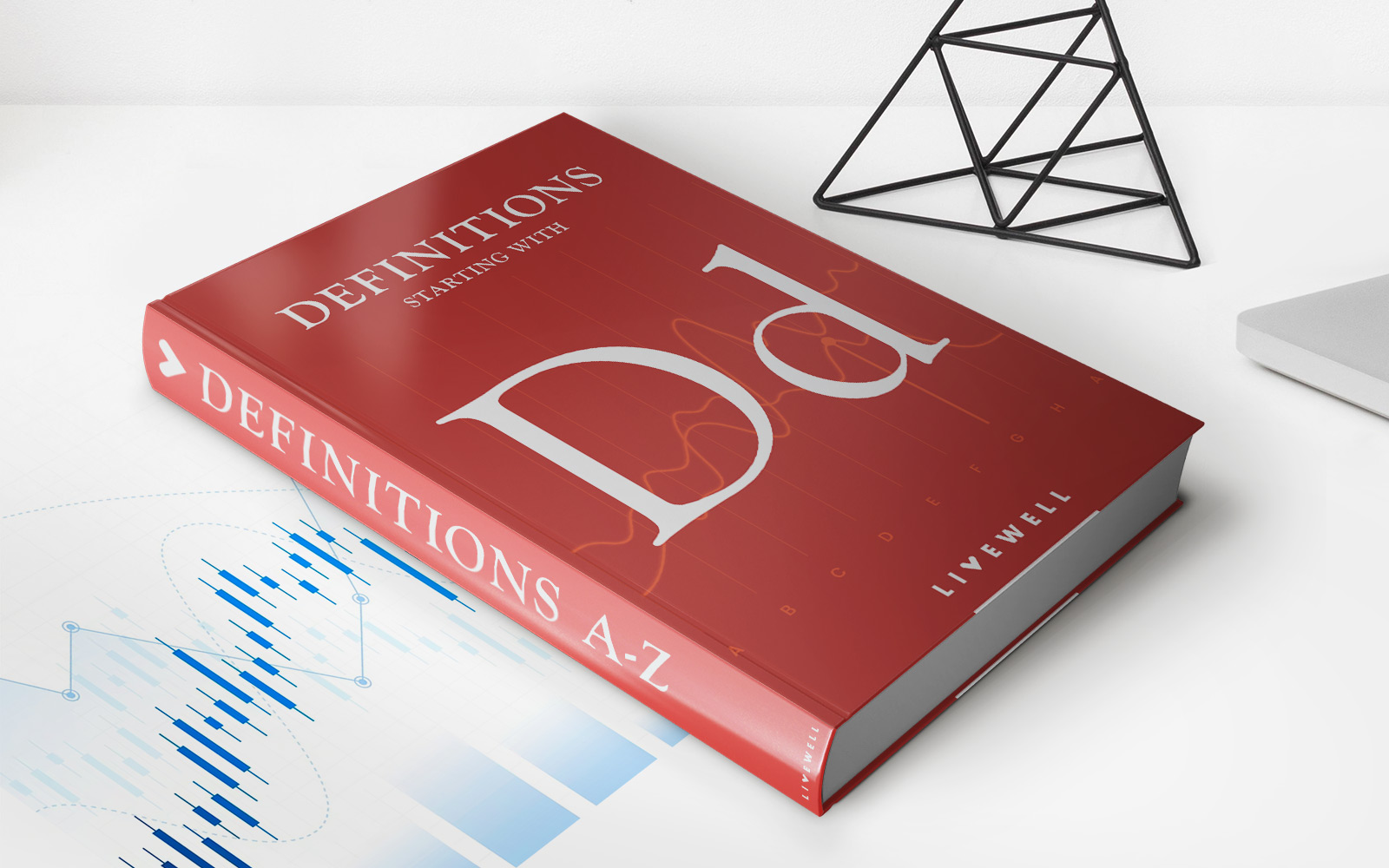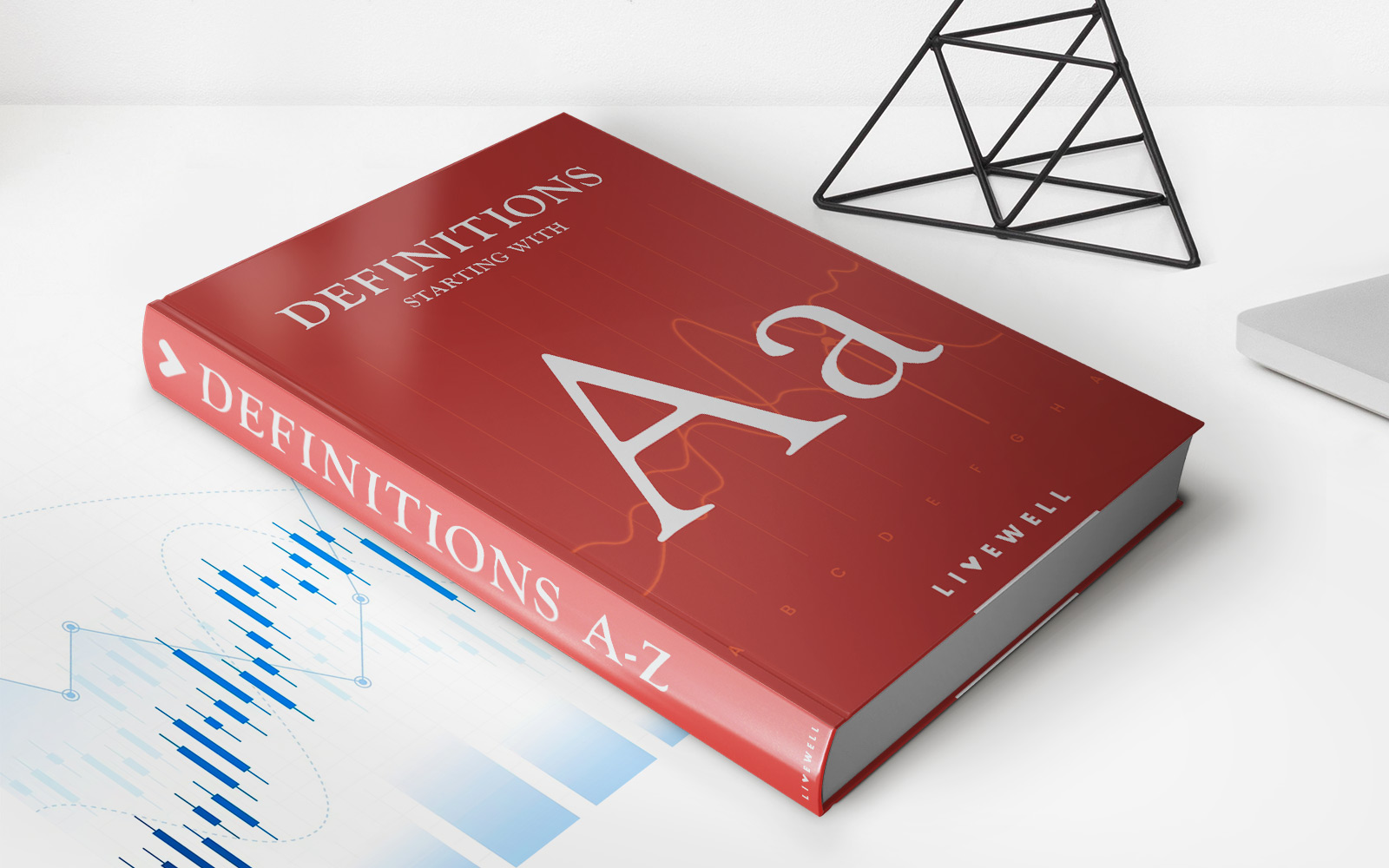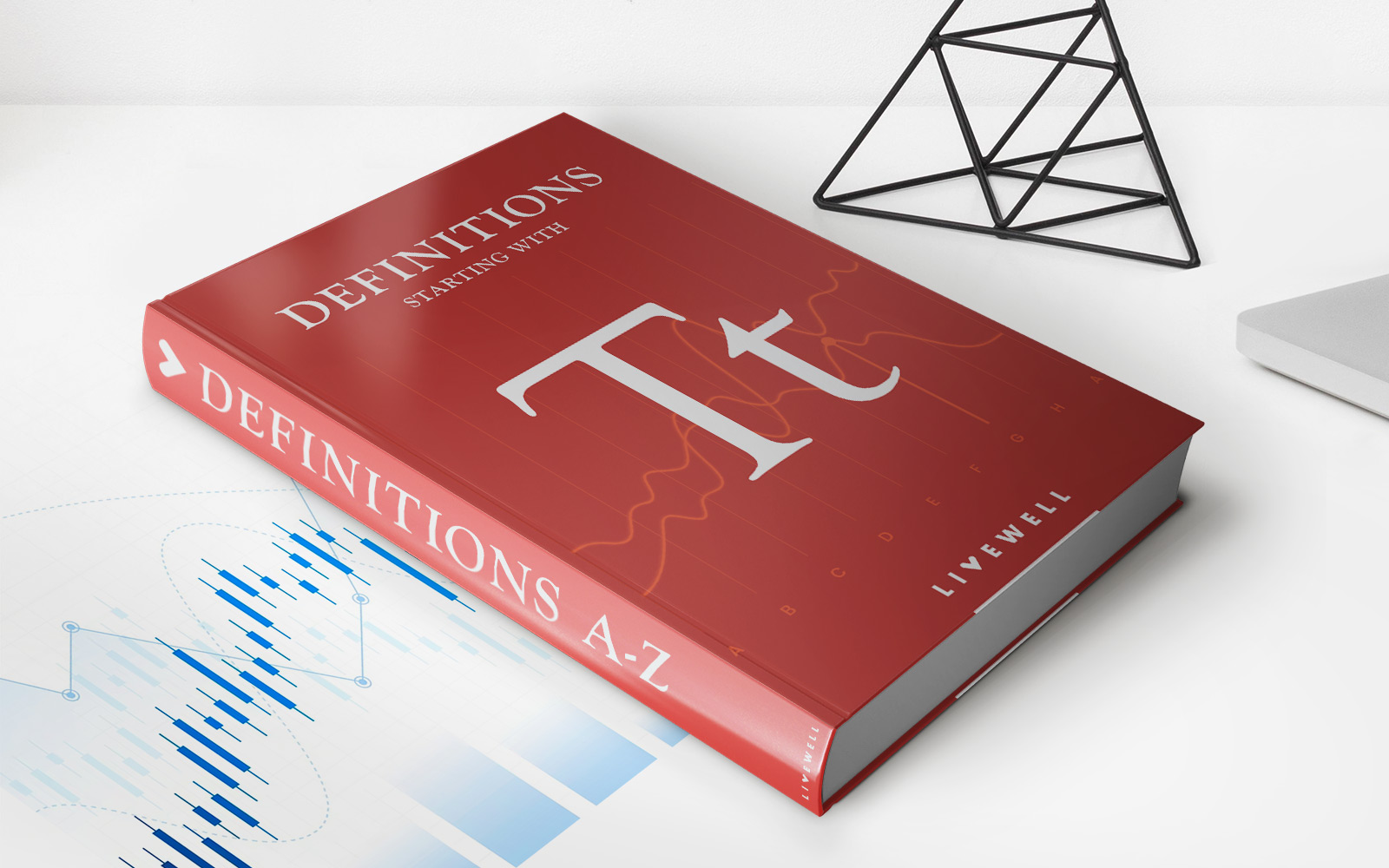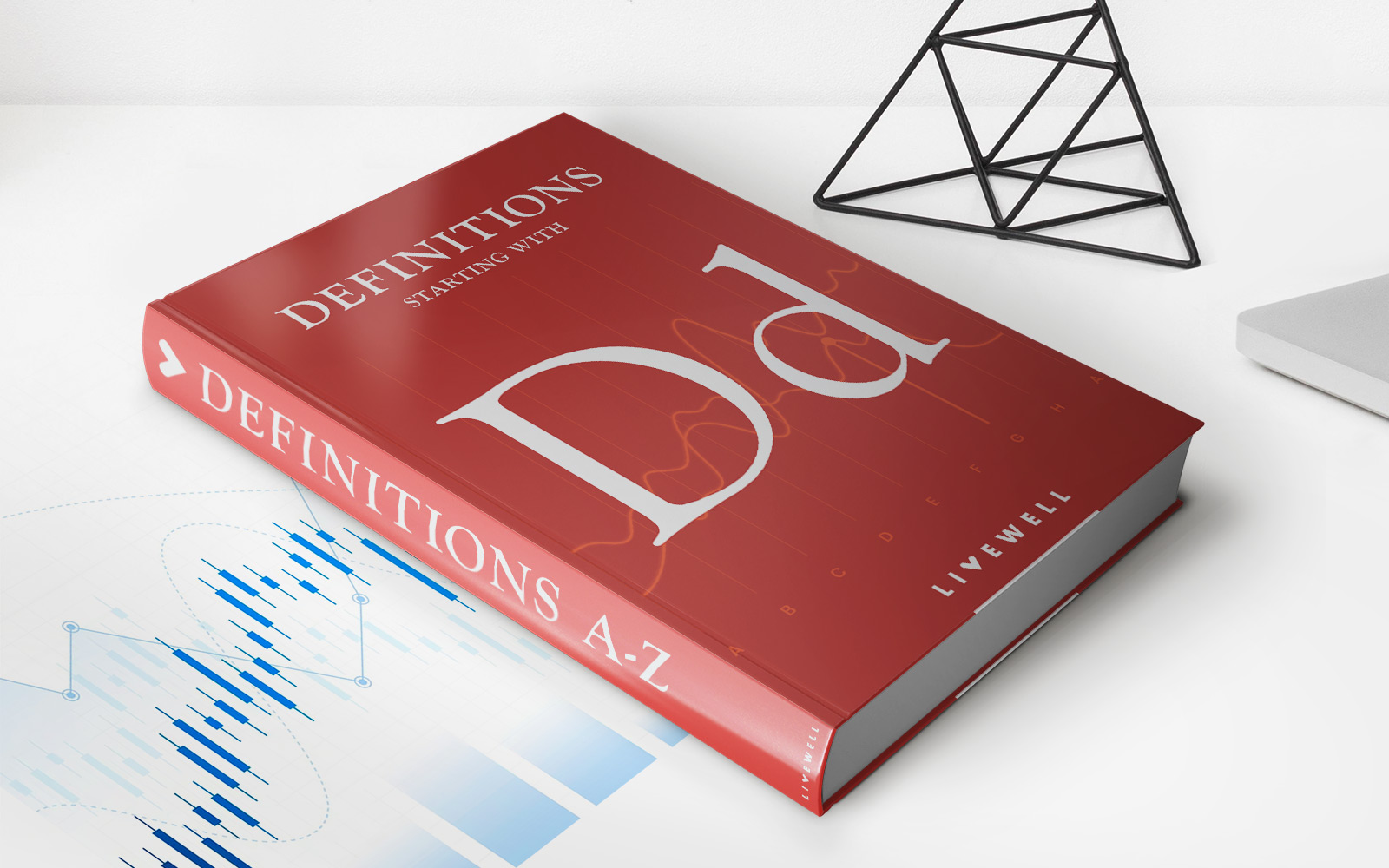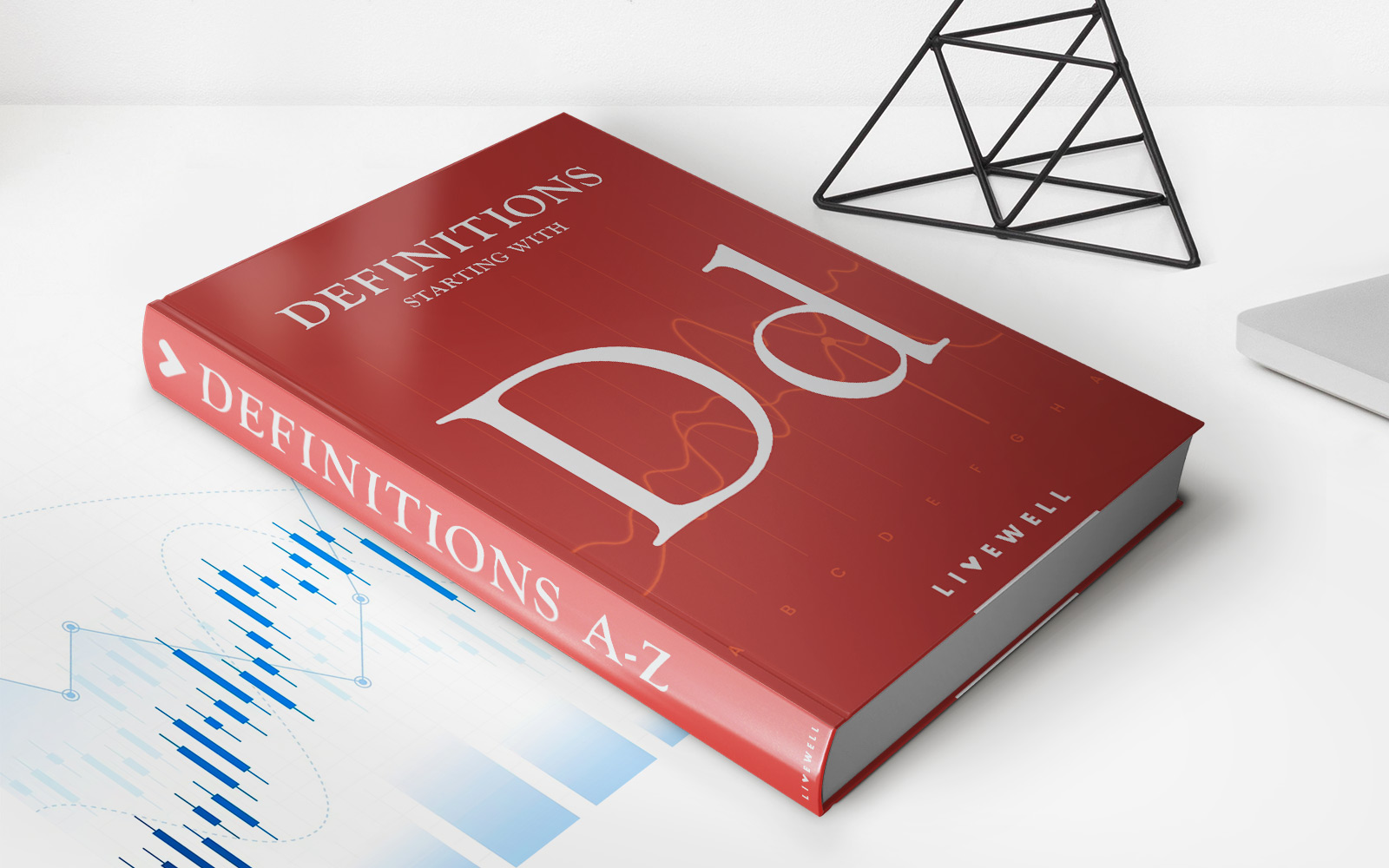

Finance
Death Bond Definition
Published: November 8, 2023
Learn the meaning of death bond in finance and how it impacts investments. Find out how this financial term plays a role in the world of investing.
(Many of the links in this article redirect to a specific reviewed product. Your purchase of these products through affiliate links helps to generate commission for LiveWell, at no extra cost. Learn more)
The Death Bond Definition Explained: What You Need to Know About This Unique Financial Instrument
When it comes to the world of finance, there are a plethora of instruments and products that can be complex and difficult to understand. One such instrument that has been gaining attention in recent years is the death bond. In this blog post, we will delve into the death bond definition, its purpose, and how it works.
Key Takeaways:
- A death bond is a type of financial instrument that allows investors to profit from the death of a group of individuals or policyholders.
- These bonds are typically structured as a form of securitized life insurance, where investors purchase the bonds and receive payouts when the insured policyholders pass away.
So, what exactly is a death bond? At its core, a death bond is a type of financial product that allows investors to profit from the death of a group of individuals or policyholders. These bonds are often structured as a form of securitized life insurance, where investors purchase the bonds and receive payouts when the insured policyholders pass away.
Now, you might be wondering why anyone would invest in such a morbid-sounding instrument. Well, the idea behind death bonds is based on the concept of mortality risk. Insurance companies and financial institutions use mortality tables to estimate the number of deaths that will occur within a specific population or group. By securitizing these risks into bonds, investors can essentially bet on the likelihood of policyholders passing away.
Here’s how death bonds typically work:
- Insurance companies identify a group of policyholders with life insurance policies.
- The policies are then pooled together, and a special-purpose entity (SPE) is created to hold these policies.
- The SPE issues death bonds to investors, who purchase these bonds, effectively betting on the likelihood of the policyholders passing away.
- Investors receive periodic payouts based on the number of policyholders that have passed away.
While investing in death bonds may seem unconventional, it’s important to note that these instruments serve a purpose in the financial markets. They provide a way for institutional investors to diversify their portfolios and potentially generate returns that are uncorrelated with traditional asset classes.
However, it’s crucial to approach death bond investing with caution. As with any investment, there are risks involved. Factors such as changes in mortality rates, longevity trends, and policyholder behavior can all impact the performance of death bonds. Therefore, conducting thorough due diligence and seeking professional advice is essential before venturing into this specialized market.
In conclusion, death bonds are a unique financial instrument that allows investors to profit from the death of policyholders. While they may seem morbid on the surface, death bonds serve a purpose in the financial markets by providing a way for investors to diversify their portfolios and potentially generate uncorrelated returns. However, it’s important to approach this investment strategy with caution and seek professional advice before diving in.





